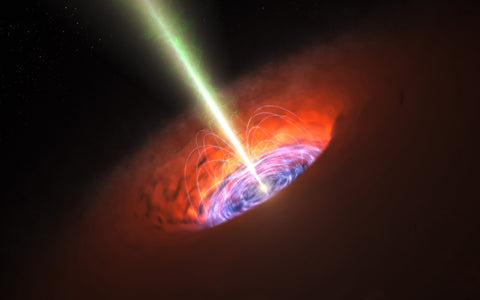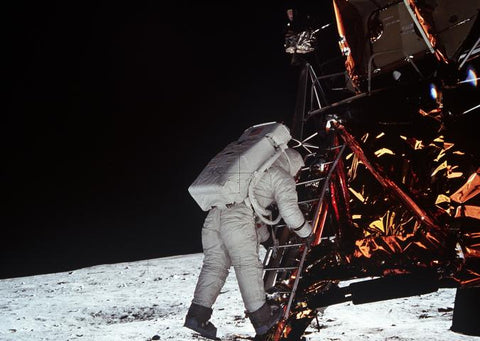In the vast expanse of the cosmos, few cosmic entities capture our imagination and curiosity as profoundly as supermassive black holes. These enigmatic giants, lurking at the centers of galaxies, defy our understanding of the universe. In this blog post, we embark on a journey through the cosmos to unveil the mysteries of supermassive black holes and explore what we have learned about these cosmic behemoths so far.
The Nature of Supermassive Black Holes
Size and Scale: Supermassive black holes are colossal in every sense of the word. They can contain the mass of millions to billions of suns, concentrated into a space smaller than our solar system.
Cosmic Centers: These cosmic giants reside at the centers of galaxies, including our own Milky Way. Their immense gravitational pull plays a pivotal role in shaping galactic structures.
How Supermassive Black Holes Form
Formation Theories: The exact mechanisms of supermassive black hole formation are still a subject of research and debate. Leading theories suggest they may evolve from smaller black holes merging and accumulating mass over time.
Galactic Growth: As supermassive black holes grow, they influence the growth and evolution of their host galaxies, affecting star formation rates and the distribution of matter.
Event Horizons and Singularities
Event Horizon: The boundary of a black hole, known as the event horizon, is the point of no return. Anything that crosses this threshold is destined to be consumed by the black hole, and no information can escape.
Singularities: At the heart of a black hole lies a singularity, a point where the laws of physics break down. The nature of this singularity remains one of the great mysteries of the universe.
How We Study Supermassive Black Holes
Astrophysical Observations: Astronomers use various techniques to detect and study supermassive black holes, including observing the motion of stars and gas near the black hole's center and measuring the high-energy radiation emitted by infalling matter.
Gravitational Waves: The detection of gravitational waves, ripples in spacetime, has opened a new era of black hole research. It allows us to observe black hole mergers and learn more about their properties.
The Role of Supermassive Black Holes in Galaxies
Galactic Dynamics: Supermassive black holes influence the orbits of stars and the structure of their host galaxies. They are thought to play a key role in regulating the growth and evolution of galaxies.
Active Galactic Nuclei: Some supermassive black holes are active and emit intense radiation, creating what is known as an active galactic nucleus (AGN). AGNs have a profound impact on their surroundings.
Supermassive black holes remain one of the most intriguing and mysterious phenomena in the universe. While we have made significant strides in understanding these cosmic giants, many questions remain unanswered. The study of supermassive black holes continues to push the boundaries of our knowledge of the cosmos.
As we delve deeper into the mysteries of these enigmatic entities, we gain not only a better understanding of the universe but also a profound appreciation for the beauty and complexity of the cosmos. Supermassive black holes challenge our understanding of the laws of physics, and their role in shaping galaxies underscores the intricate dance of forces that govern our universe. With each discovery, we take another step towards unveiling the profound mysteries that supermassive black holes hold.






